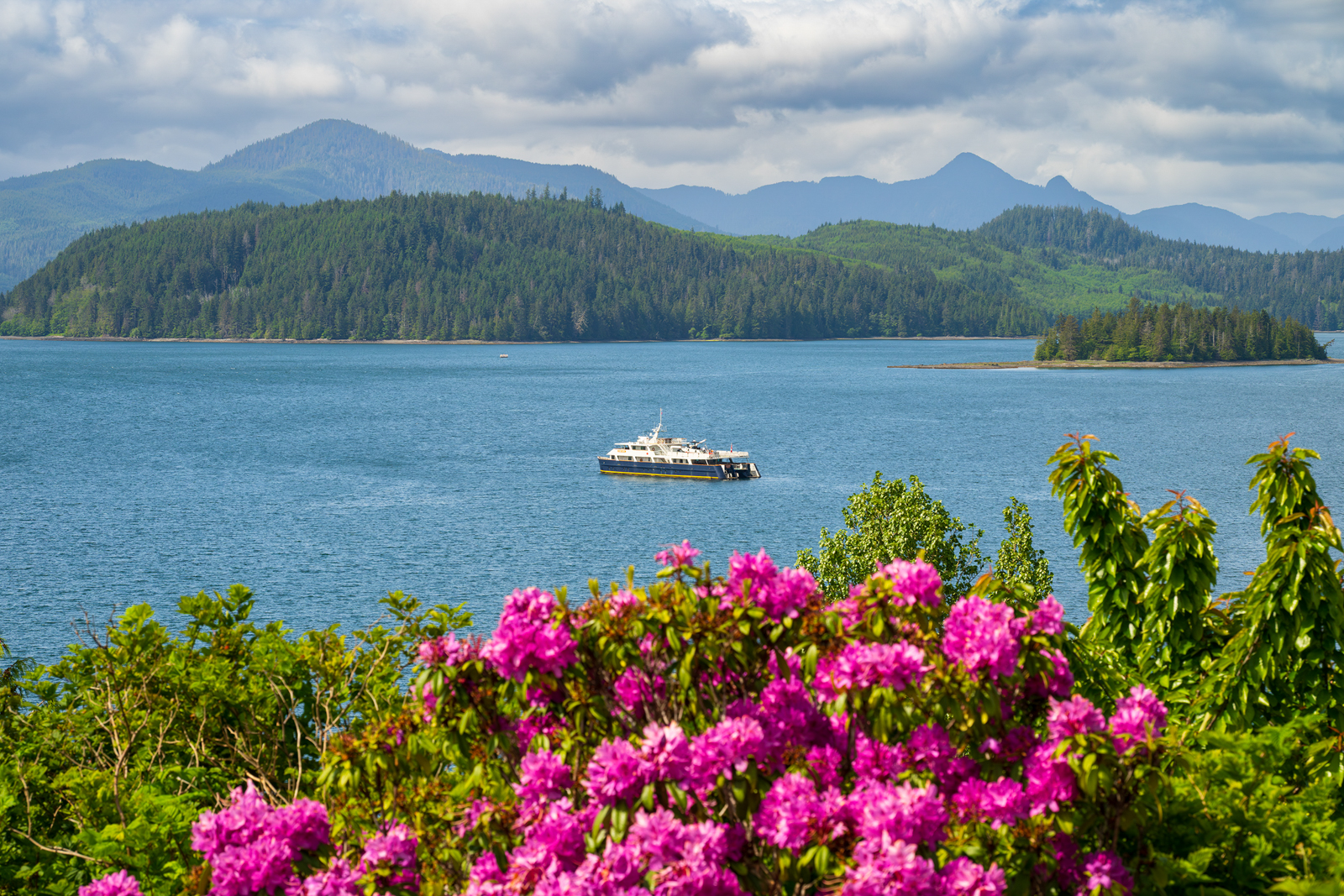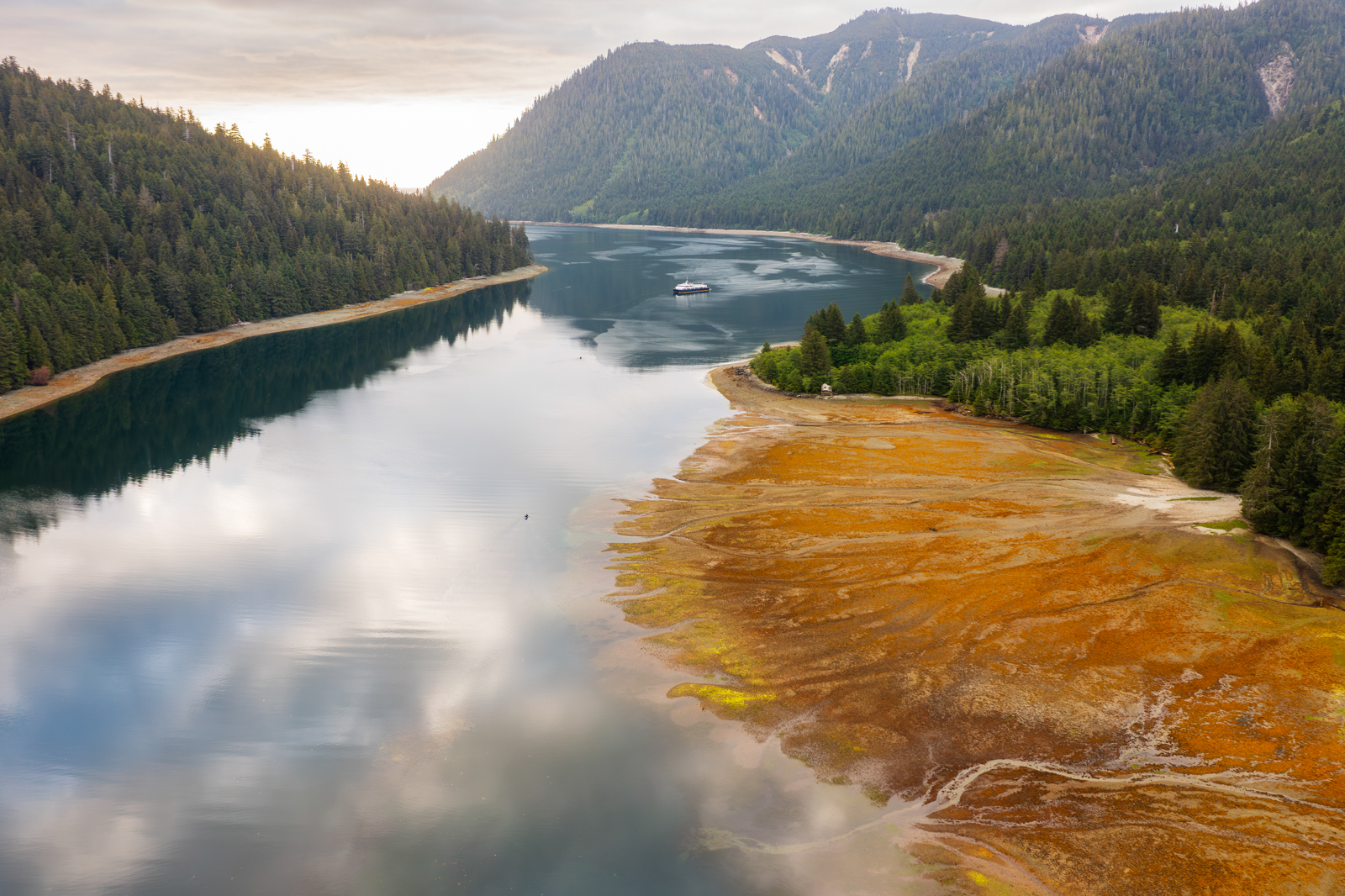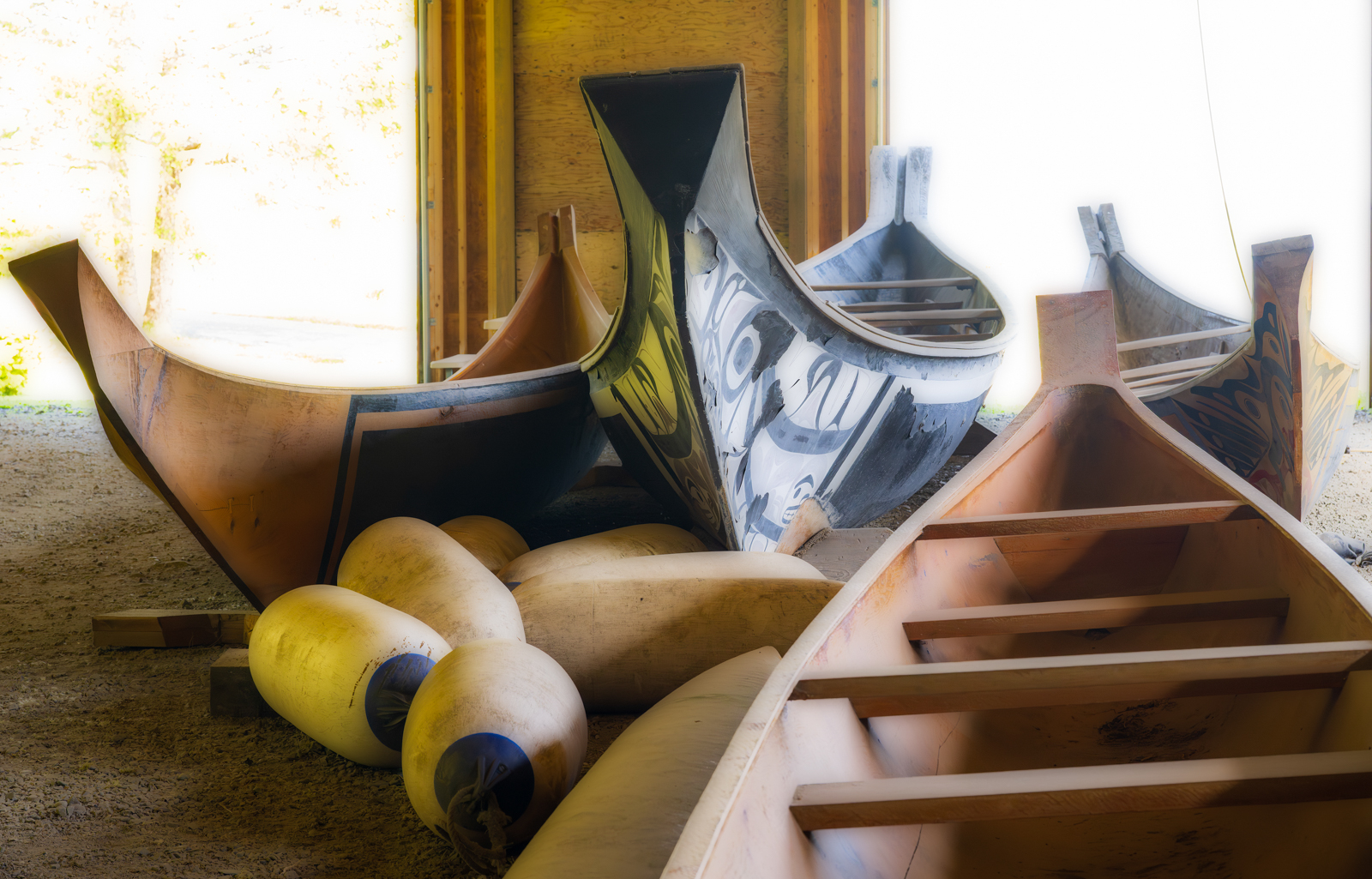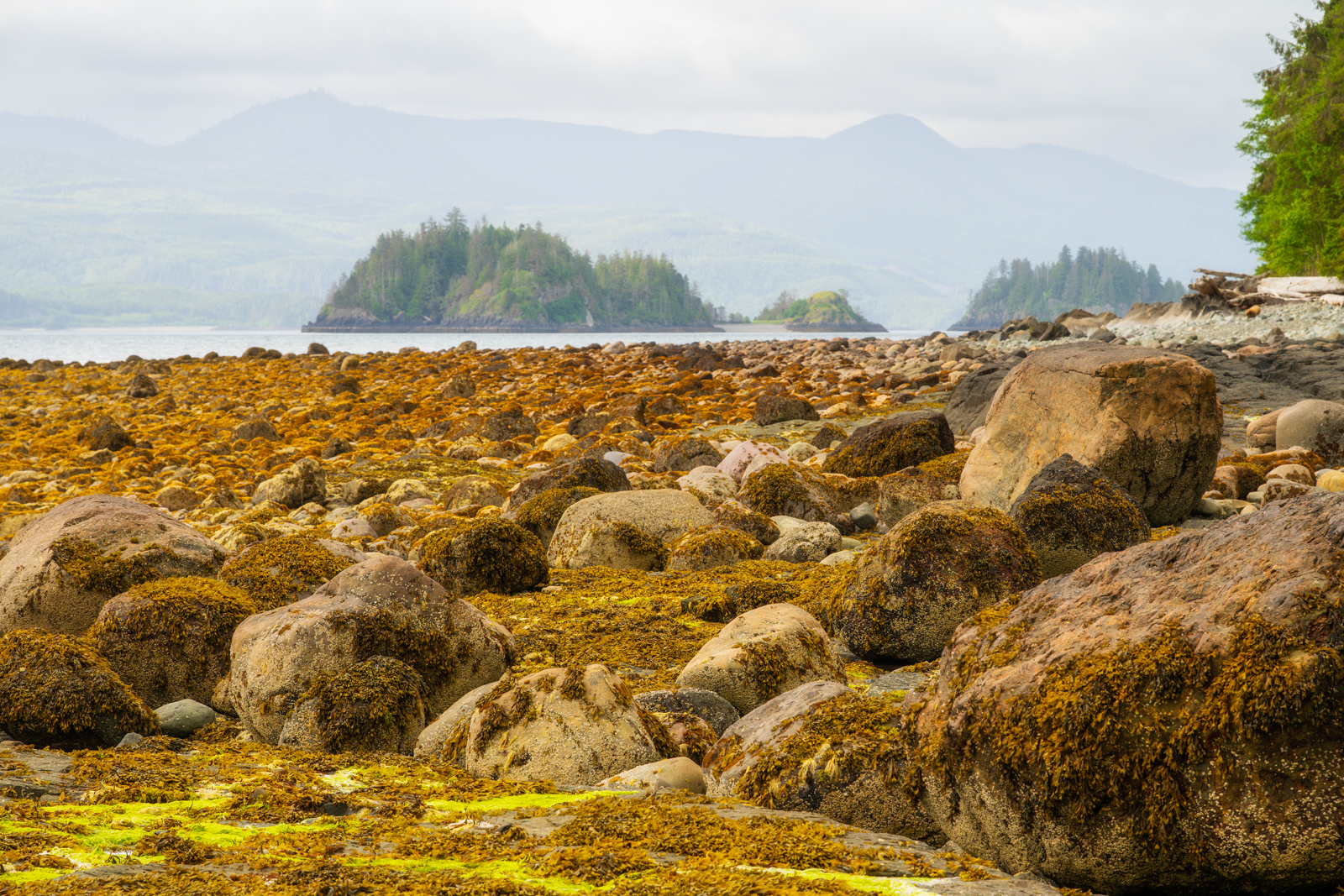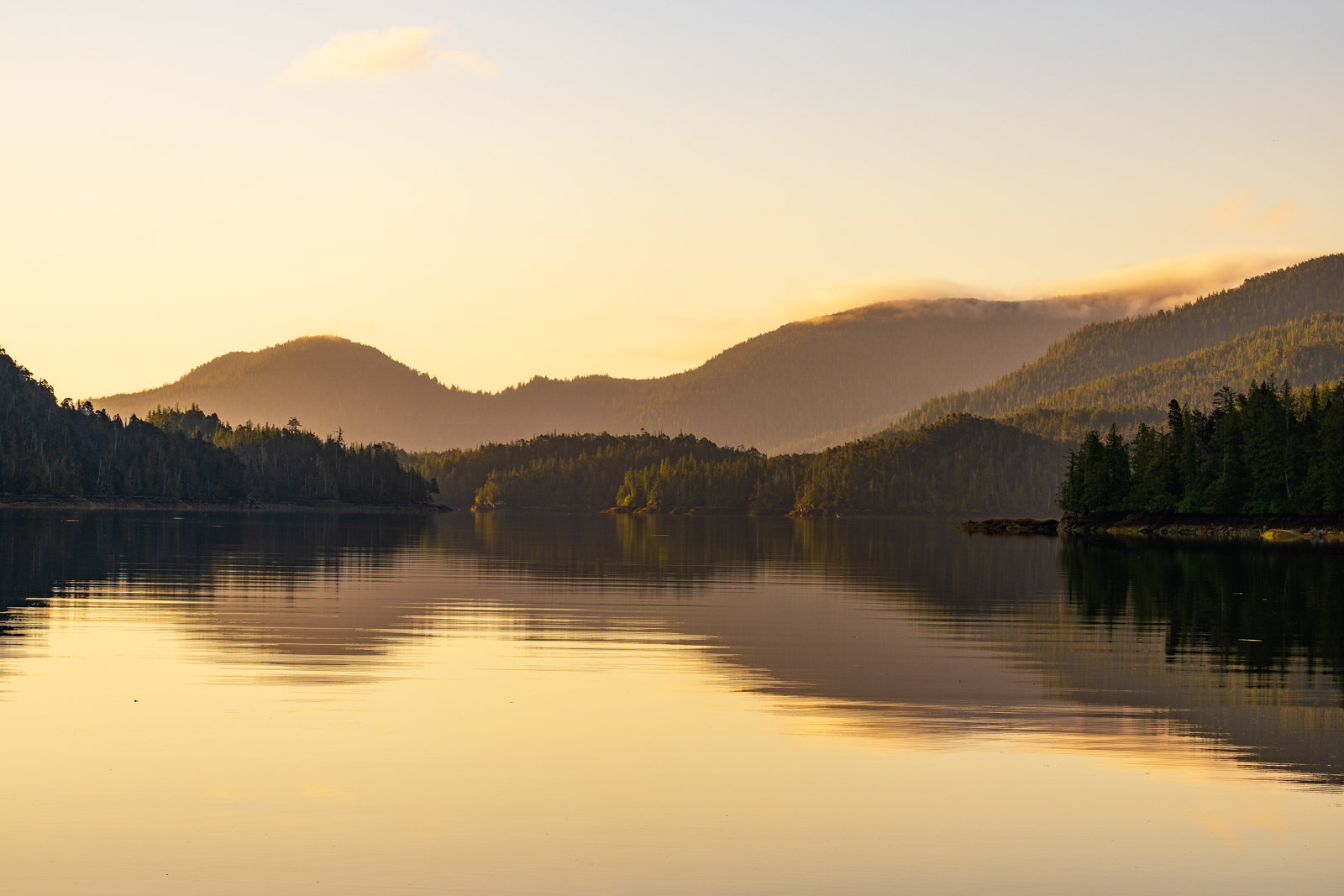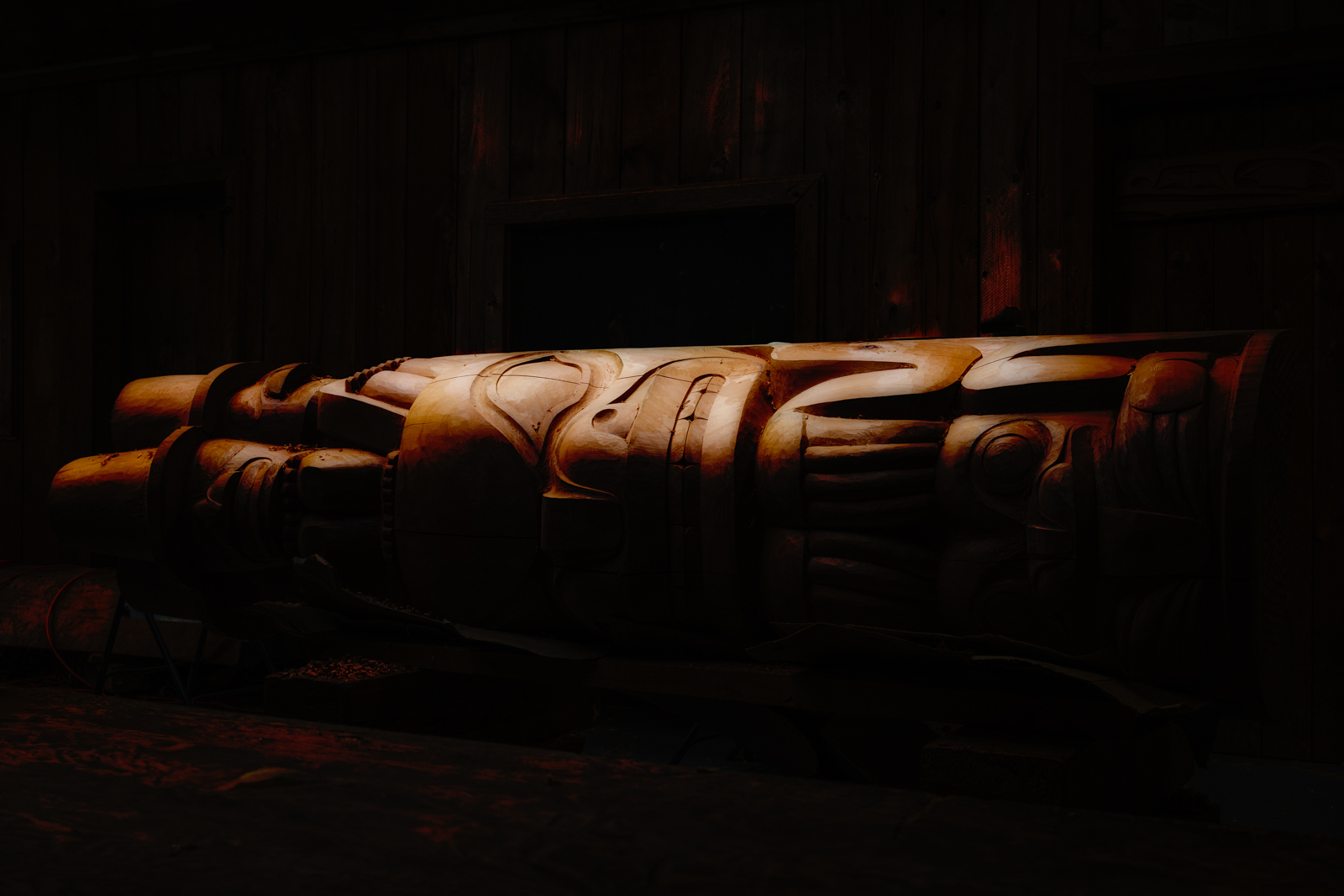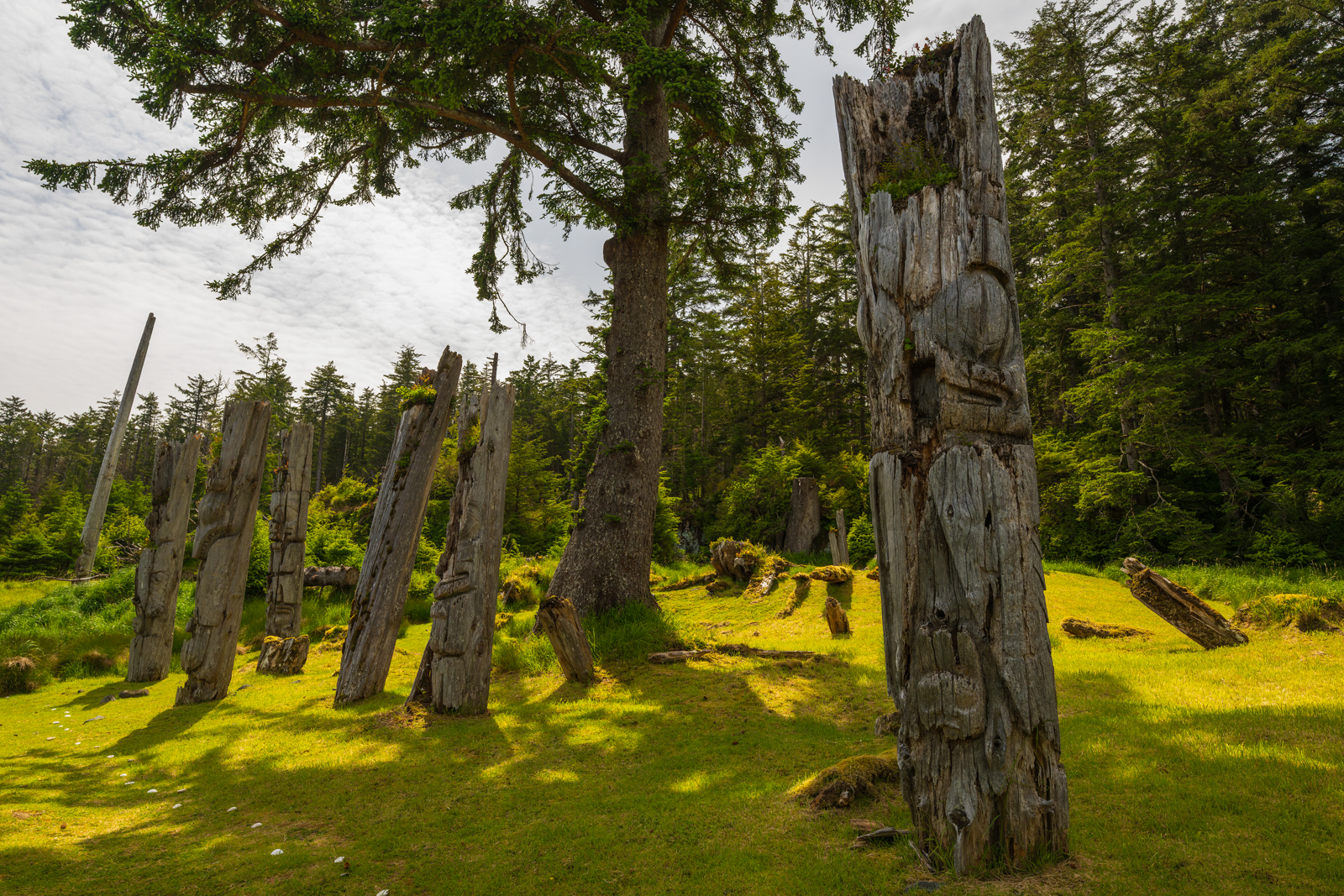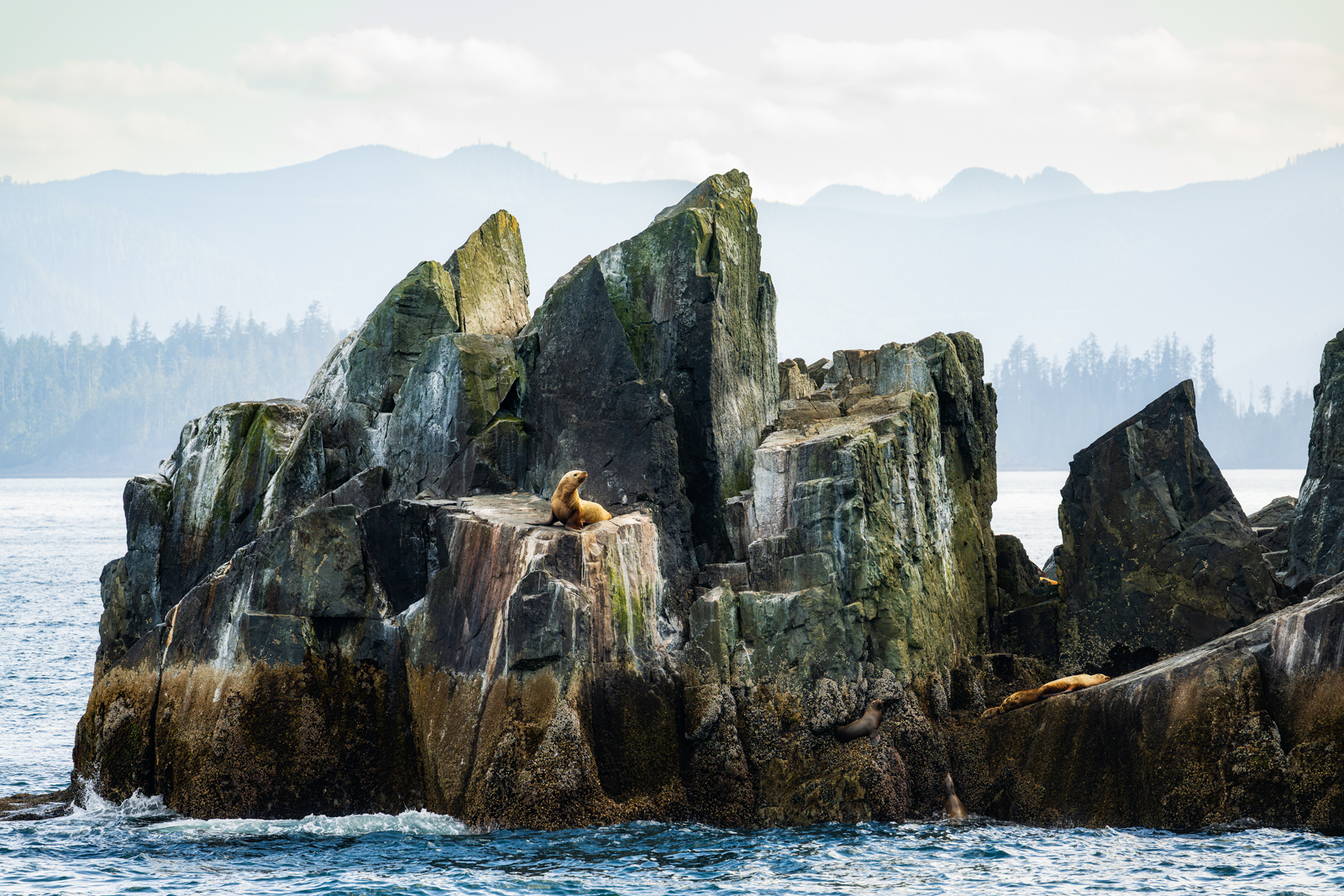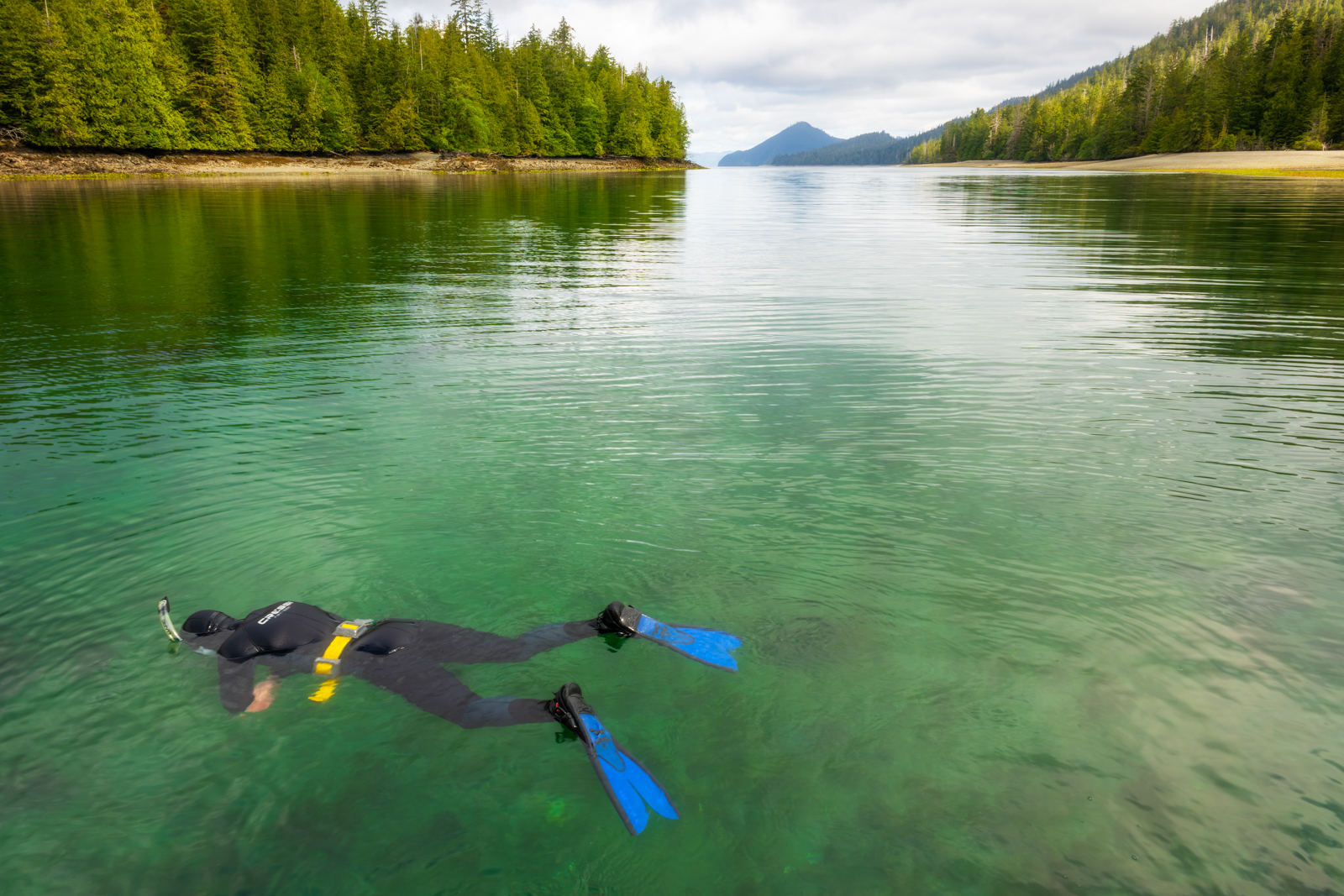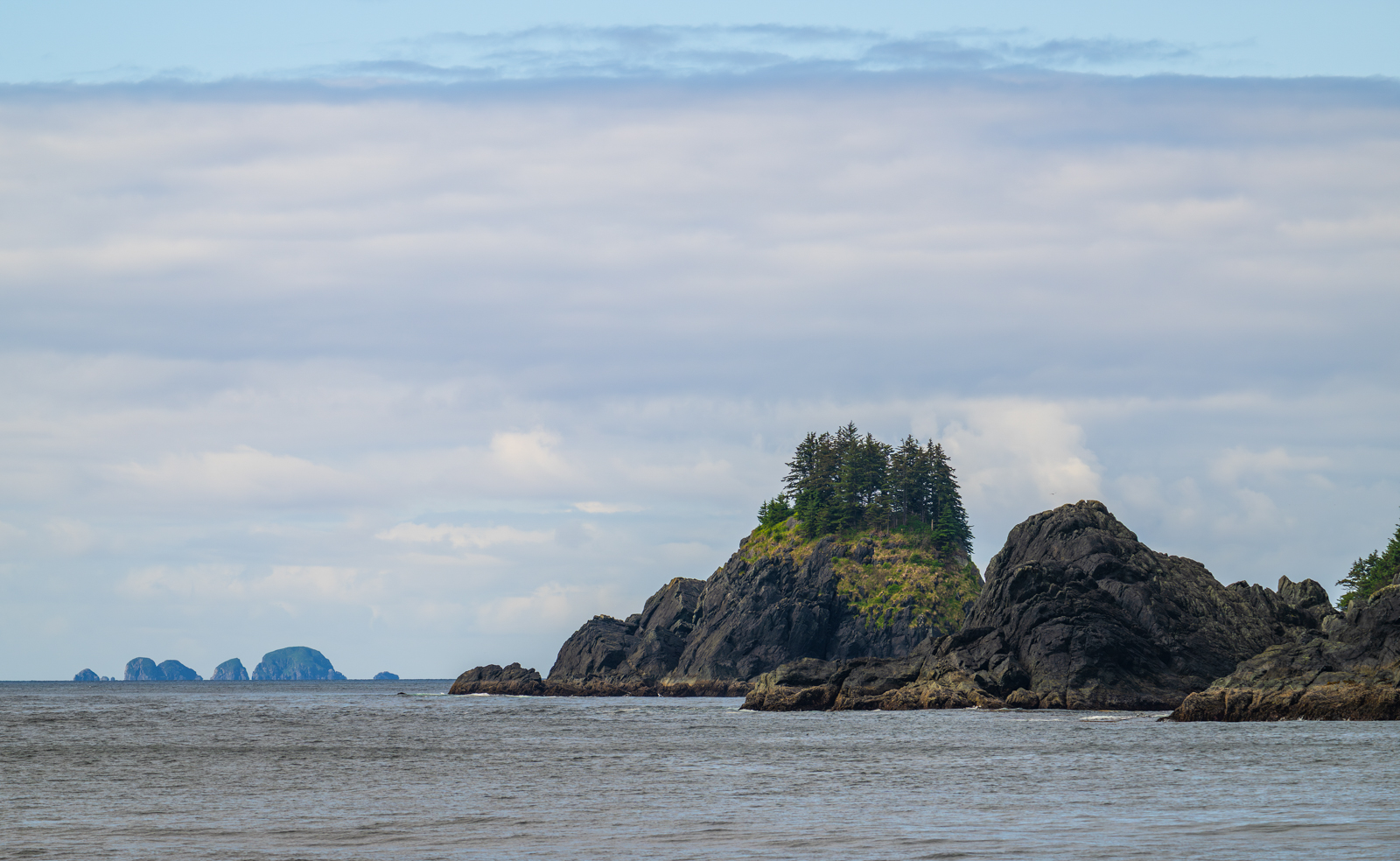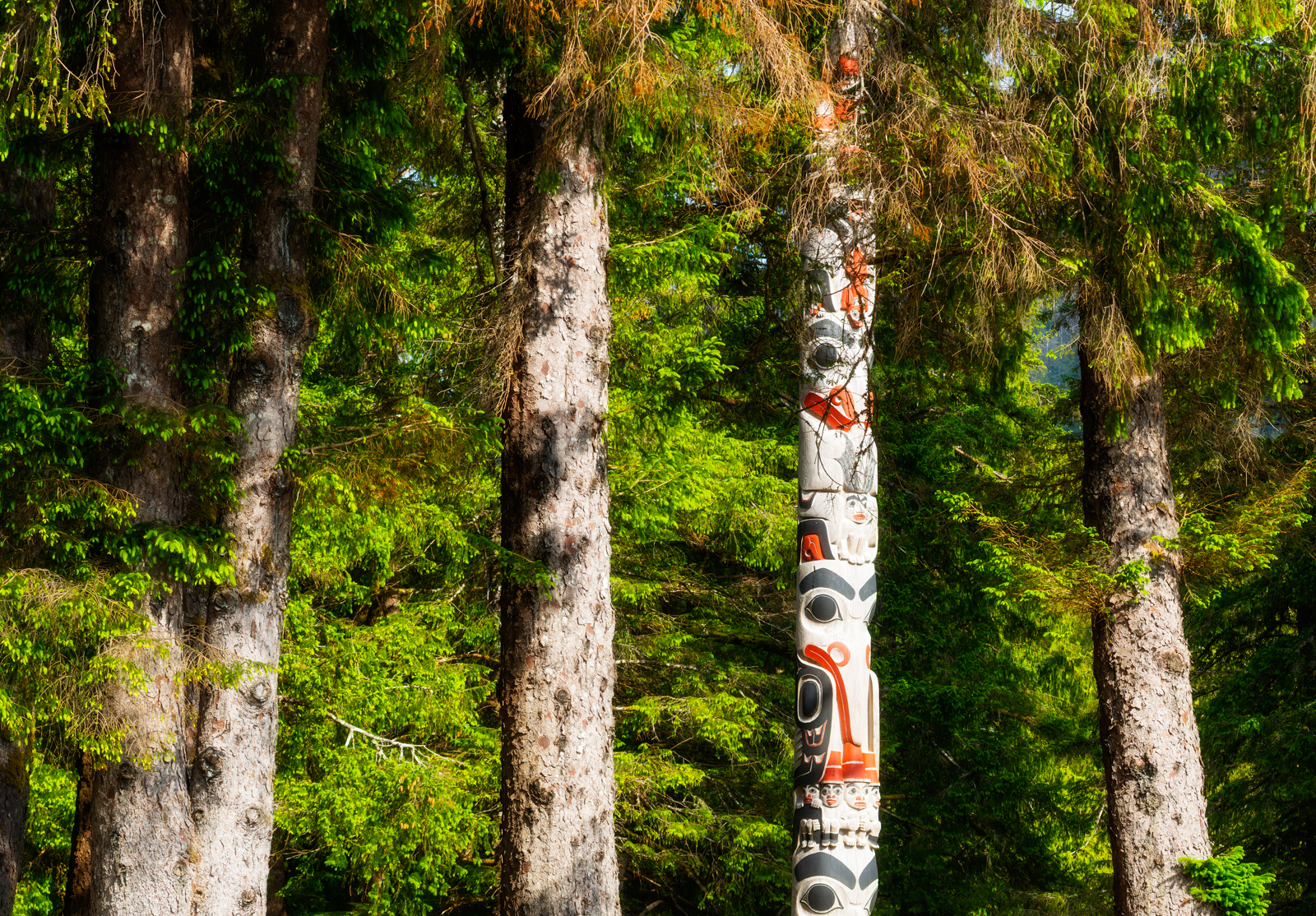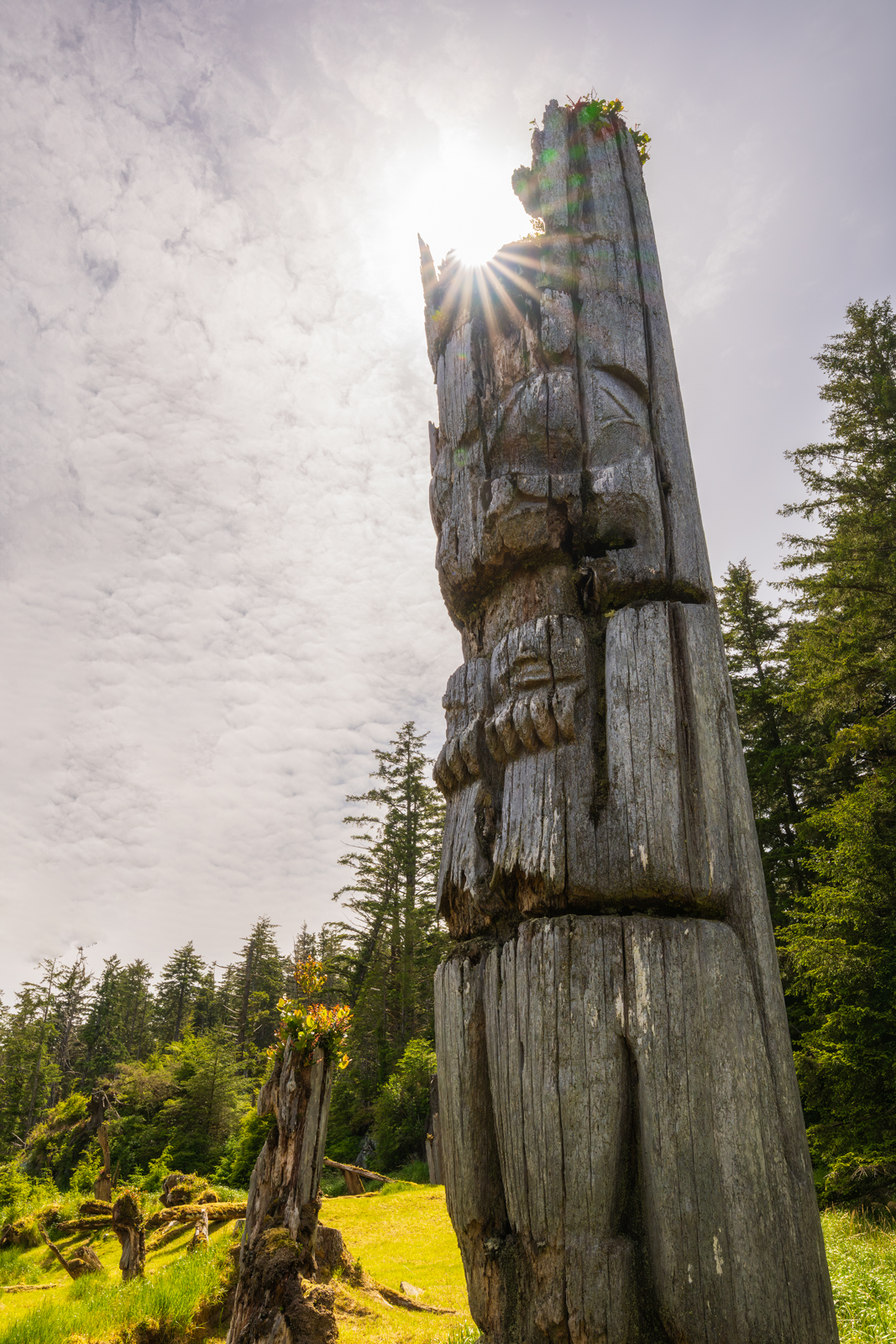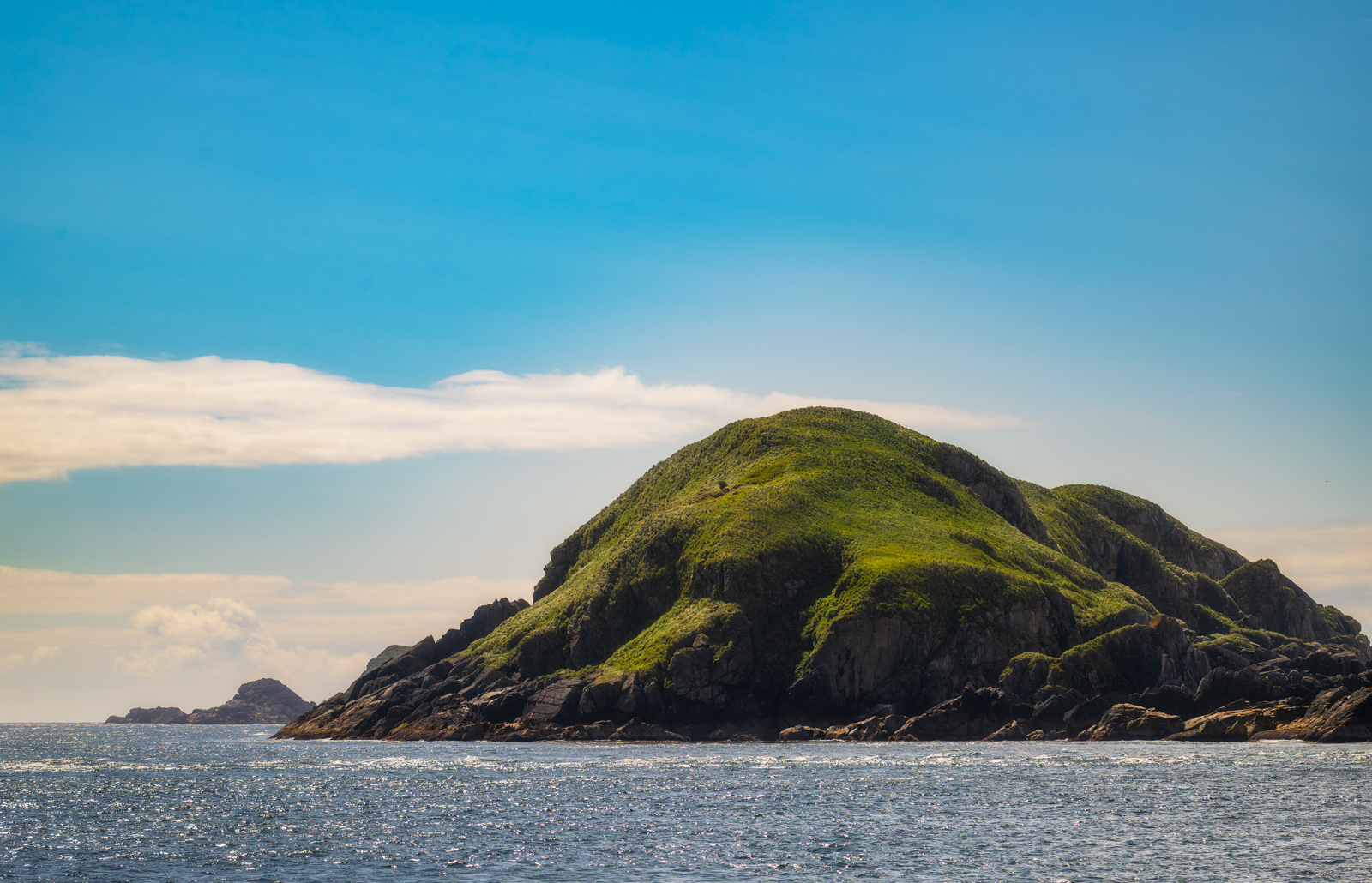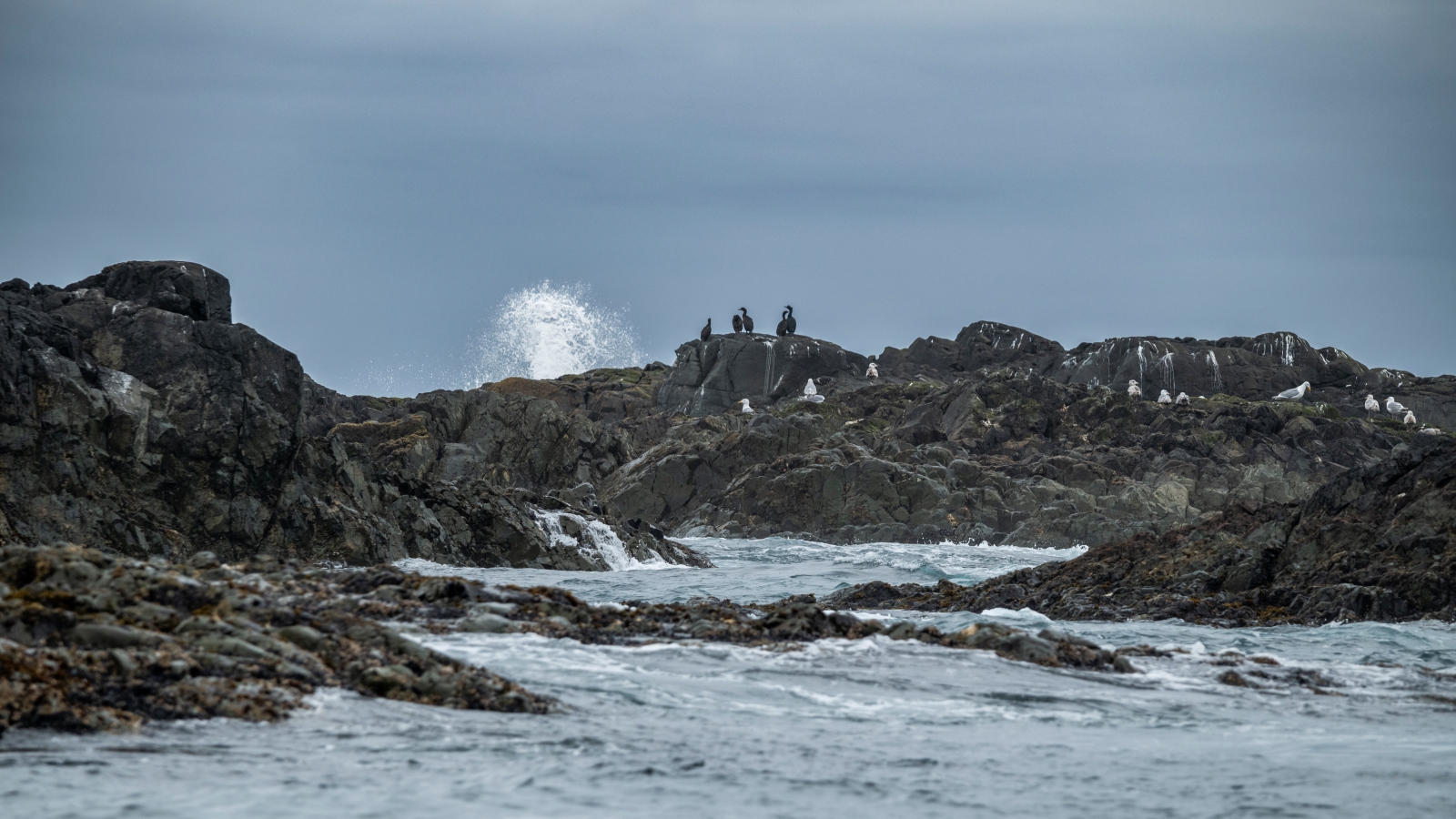Canadian Geographic Photographer Scott Forsyth shares his reflections on capturing Haida Gwaii’s sacred landscapes, fragile ecosystems, and enduring culture.
Few places stir the soul like Haida Gwaii—especially when seen through the lens of a camera. Remote, rugged, and steeped in deep cultural meaning, this archipelago off the Pacific coast of British Columbia offers photographers a chance to capture something rare.
As a Canadian Geographic Photographer and Ambassador, Scott Forsyth has joined multiple Maple Leaf Adventures expeditions to Haida Gwaii, where he’s documented the wild coastline with reverence. In this feature, he shares his standout moments and evolving reflections on what continues to draw him back—time and again—to this remarkable place.
Answering the Call to Haida Gwaii
“It was the geography first—a remote archipelago suspended in the Pacific Ocean—and then the visual language of Haida culture that called to me,” Scott recalls. “Artists like Bill Reid, and the way their stories live through the art and the land, made this place feel unforgettable before I ever set foot there.”
Photo: Scott Forsyth
A quiet morning above the kelp beds – sky, sea and forest converging in the mirrored stillness of Haida Gwaii.
Photo: Scott Forsyth
Traditional Haida canoes on display–vessels that carry people, trade goods, and the stories of a seafaring culture along this wild coastline.
Where Rainforest Meets the Sea
Haida Gwaii’s landscapes are layered with basalt rock, volcanic veins, misty rainforest, and moody skies — a dream for photographers seeking texture, contrast, and atmosphere.
“Combining the rugged shoreline with rainforest-covered mountains gives the whole place an otherworldly feel,” says Scott. “It’s wild, raw, and incredibly photogenic.”
Photo: Scott Forsyth
At low tide on Graham Island, seaweed-draped boulders and rocky outcrops reveal the layered textures that make Haida Gwaii’s coast a dream for photographers.
Photo: Scott Forsyth
Morning light brushes the inlet–a quiet reminder of what endures, and what nearly vanished.
Gwaii Haanas: A Landscape of Loss and Renewal
On his most recent expedition, Scott was struck by something different: not just what remains in Haida Gwaii, but how much was nearly lost.
“I came to appreciate just how extensively the islands were logged—70% of their old-growth forest gone — and how perilously close this place came to annihilation before the Haida stood up in the 1970s,” he says. That resistance led to the creation of Gwaii Haanas National Park Reserve, now one of the most protected and sacred places on the coast.
Scott also reflected on how much Haida culture has had to rebuild. “So much was lost to the epidemics of the late 1800s—including oral history and the meaning behind the art. Even today, carvers are still relearning traditions that once would’ve been passed down directly.”
One of Scott’s most valued images from the journey? A totem in progress, lying on its side. “It represents the ongoing development of the Haida culture in today’s artists. There’s so much power in that.”
Photo: Scott Forsyth
Where stories are shaped by hand. A studio alive with memory and motion.
Photo: Scott Forsyth
Tradition carried forward. A living monument to resilience.
Walking Among the Ancestors at SG̱ang Gwaay
Among his many visits to Haida Gwaii, one moment stands above the rest: walking among the mortuary poles of SG̱ang Gwaay.
“Walking the clam shell pathways through the last traditional Haida village is deeply moving. The energy is still there—you feel the presence of the people who lived through a time of great loss. Everyone who walks those trails feels it.”
The stories carved in cedar may fade, but their spirit remains—rooted in the earth, reaching for the sky.
Photo: Scott Forsyth
SG̱ang Gwaay holds more than ancient poles—it holds memory. Weathered by wind and time, these totems speak of lineage, loss and belonging.
Orcas, Puffins, and the Wild Companions of the Coast
Though Scott is primarily a landscape photographer, Haida Gwaii’s wildlife never fails to surprise and inspire:
- A transient orca, slicing through golden water in the late afternoon light
- Sea lion rockeries, alive with scent, sound, and commotion
- Puffins, circling the ship and resting on the sea near Cape St. James
“Even if you’re focused on landscapes, be ready for wildlife,” he says. “The ocean and skies are alive with it.”
Photo: Scott Forsyth
SG̱ang Gwaay holds more than ancient poles—it holds memory. Weathered by wind and time, these totems speak of lineage, loss and belonging.
Where Scott Keeps Returning
Burnaby Narrows (briefly known as Dolomite Narrows) & Burnaby Island: nutrient-rich waters that host some of the highest biomass levels on Earth. “Every visit reveals something new just beneath the surface.”
Photo: Scott Forsyth
In the nutrient-rich waters of Burnaby Narrows, our naturalist Janet explores the unseen.
Cape St. James: a remote southern tip of the islands where seabirds wheel, waves crash, and the vastness of the Pacific stretches endlessly south.
Photo: Scott Forsyth
SG̱ang Gwaay holds more than ancient poles—it holds memory. Weathered by wind and time, these totems speak of lineage, loss and belonging.
If He Could Take Just One Frame…
Photo: Scott Forsyth
A vibrant red and white totem pole rises among living cedars in Windy Bay, embodying the renewal and resilience of Haida culture.
Photo: Scott Forsyth
Weathered and wise, this standing pole catches the light in an ancient village site—its presence echoing stories carved into the landscape itself.
Explore with Us
Inspired to photograph Haida Gwaii for yourself—or curious about joining one of our small ship expeditions hosted in partnership with Canadian Geographic? Each year, a limited number of voyages are led by RCGS Ambassadors, offering guests the chance to experience these wild coastlines alongside naturalists, artists, and storytellers.
Canadian Geographic Tours Haida Gwaii Tours